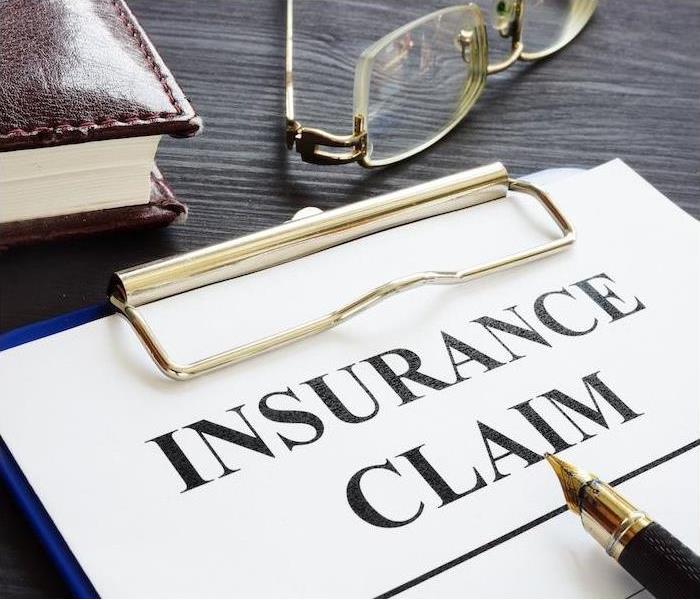Making Sure Your Business Is Protected in the Event of a Flood | SERVPRO® of The Lower Shore
3/31/2020 (Permalink)
Flooding is one of the most devastating types of damage that a business can endure from a natural disaster. FEMA reports that just one inch of water can lead to approximately $27,000 in damage—and unfortunately, many commercial policies do not extend any coverage to flooding-related issues. Understanding the details of flood insurance and what it means for your business can help you determine if it is an extra expense you can justify to protect your business.
Your Guide to Commercial Flood Insurance
Make sure to purchase your policy in advance. Flood insurance is something that business owners hope that they never have to use, but just in case you do, be sure to make your purchase well in advance. There is a mandatory 30-day waiting period for coverage to kick in on flood policies to prevent fraudulent policy purchases, so do not wait until a storm or other natural disaster is in the forecast to explore your options.
Know what is and is not covered. Though flood insurance provides many additional coverages for your business, it still does not cover absolutely everything. Flood insurance covers flood-related damages to both your business’s building, as well as the contents within. This includes floods from situations like broken dams, storm surges, blocked storm drains and prolonged rains, but to be considered a flood, the water must impact at least two properties or a minimum of two acres. However, property outside the building will generally not be covered, and if you would like protection for your commercial vehicles, this will likely need to be added to the policy.
Determine your flood risks. There is no sure way to determine how likely you are to experience a flood. While making use of the FEMA Flood Map online tool will provide more context for historical risks, floods are becoming more common even in areas that are traditionally not considered flood zones. It is wise to take a detailed overview of your flood risks and err on the side of caution when determining if you require coverage.
Has your business been impacted by flooding? We are here 24⁄7 to respond to water damage and begin restoration. Contact us to learn more.




 24/7 Emergency Service
24/7 Emergency Service